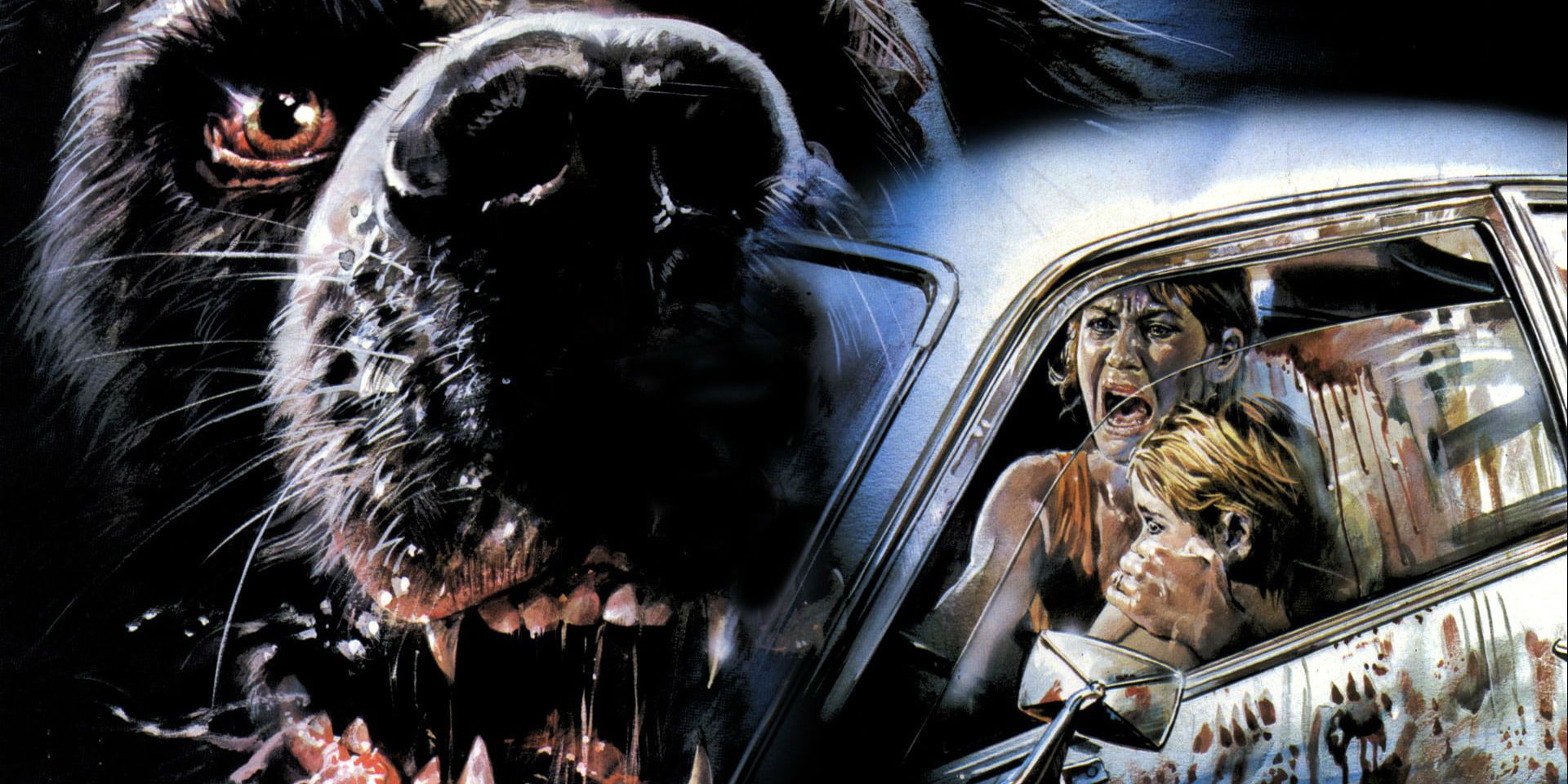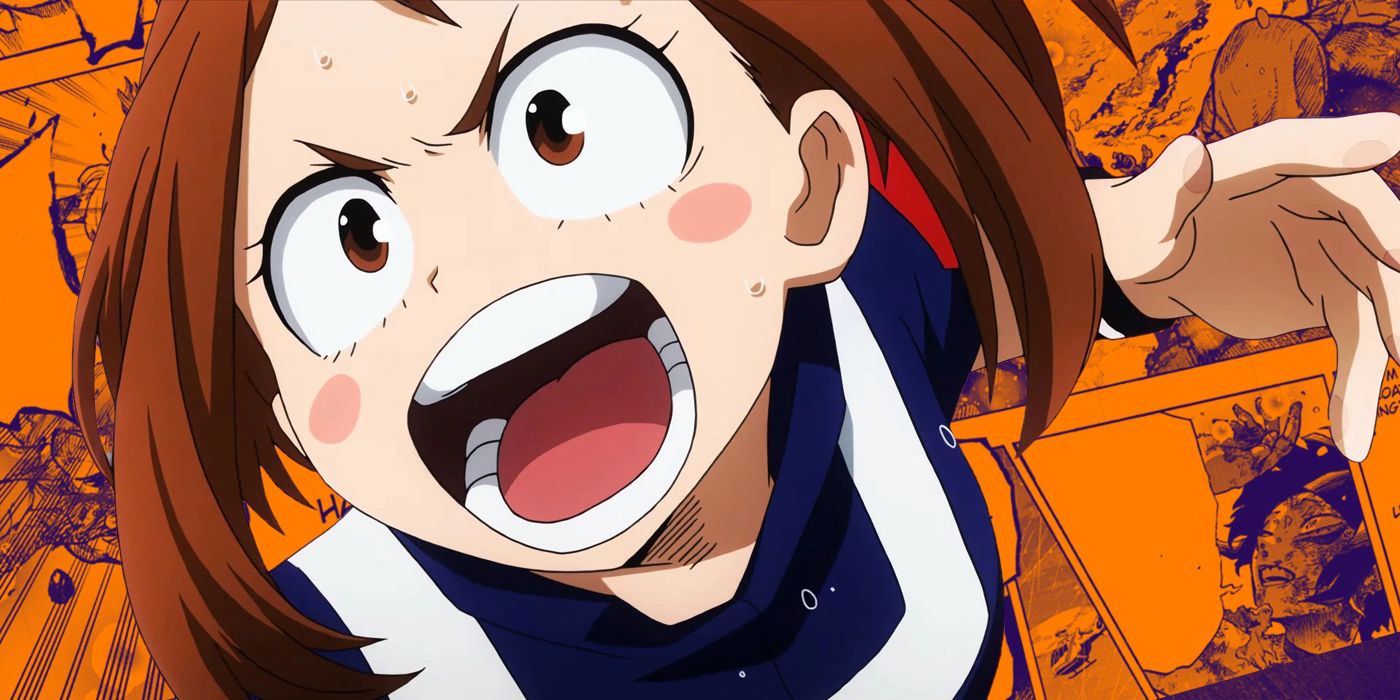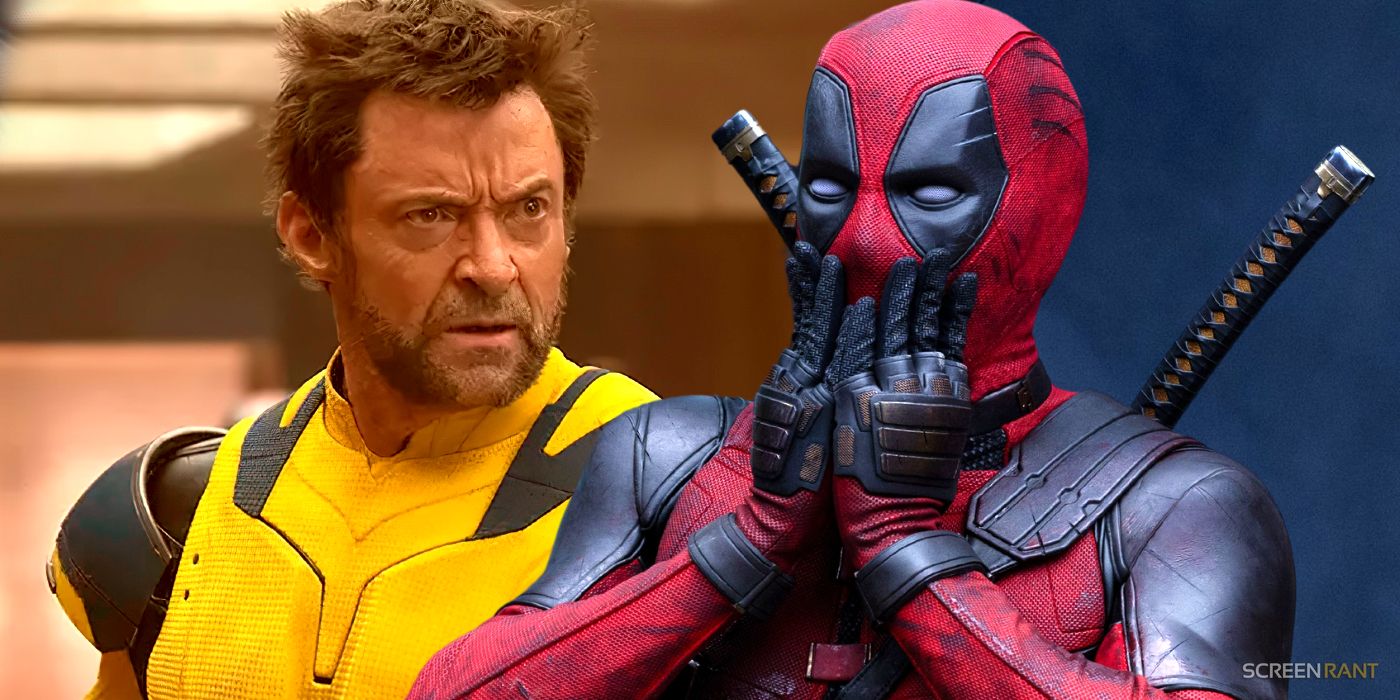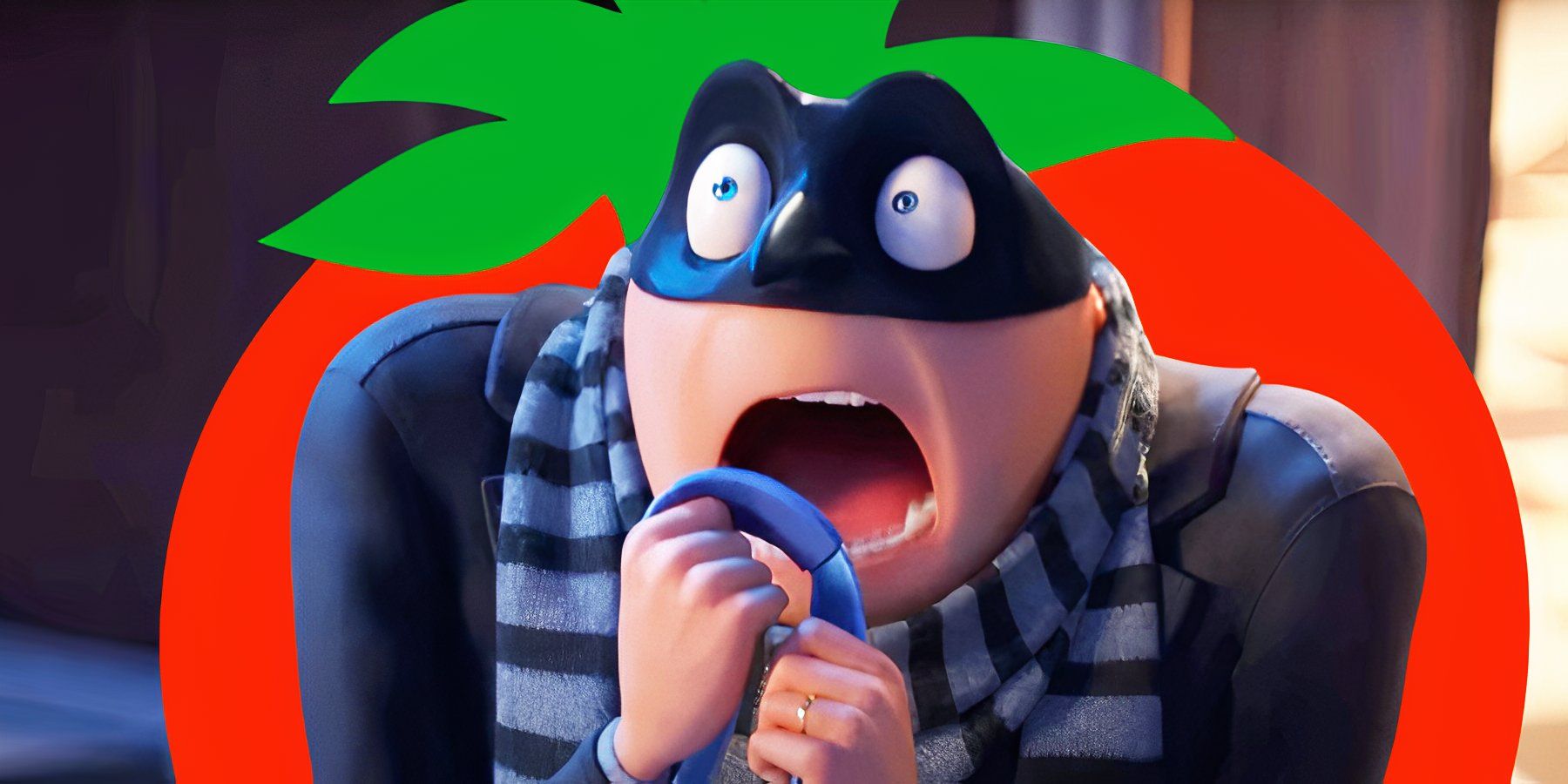The Stephen King novel Cujo is one of the author’s most downbeat efforts, which makes it easy to see why the filmmakers who adapted the story in 1983 opted to alter its original ending. Stephen King has created some memorably terrifying villains in his decades as a successful horror author. From Christine’s titular killer car to It’s terrifying Pennywise the Clown, King’s antagonists come in all shapes and sizes, but are reliably chilling villains.
However, some of King’s creations also boast another ignominious achievement. As well as being memorably unsettling, King characters like Annie Wilkes, Gage Creed, and Carrie White are also truly tragic, sympathetic villains who break the hearts of readers even while scaring them senseless. Another villain frequently listed among King’s most tragic antagonists is the title character of Cujo.
A Saint Bernard afflicted with rabies, Cujo is a family dog who goes feral in both Stephen King’s original novel and the 1983 movie adaptation of the same name. While the likes of Pennywise and Salem’s Lot‘s Stephen King villains revel in their evil, Cujo is unaware of the bloody chaos he is responsible for and the source novel’s poignant narration makes a point of repeatedly hammering this home by reminding readers that Cujo was a good, well-behaved dog who caught rabies through no fault of his own. In keeping with this bleak story, the original Cujo ending is unbelievably cruel. As such, it is understandable that the movie adaptation of Cujo changed this vicious twist, a choice that resulted in a stronger (if tamer) version of the tragic tale.
How Cujo’s Ending Changed In The Movie

In both versions of Cujo, the titular animal traps its owner and her young son inside a car on a hot day, ready to savagely maul the pair if they try to escape. Without a secret weakness, the Stephen King villain is eventually defeated by brute force when his owner beats him to death with a baseball bat in self-defense. It’s a sad moment that pays off all the preceding tension but, in the movie version of Cujo, both of the dog’s owners do at least survive. In the novel, meanwhile, the owner’s son dies a slow death of dehydration and his heartbroken mother only discovers this after brutally killing Cujo in a last-ditch attempt to save her already-dead child.
The death of the heroine’s young son is a horrific fate that works in the context of the grim, relentlessly brutal novel, but one which any director would have had a hard time translating to the on-screen Stephen King adaptation. This makes Cujo’s changes to the source material not only understandable, but outright justified. Killing off child characters is a taboo even It: Chapter 2 has trouble pulling off tonally, and that sequel was about a killer clown who targets small children. Giving one of the only major Cujo characters such a horrific death on-screen while also killing off the titular dog would have made the Stephen King adaptation unwatchably grim, meaning the creators made the right choice when they toned down the brutality of the source story.




